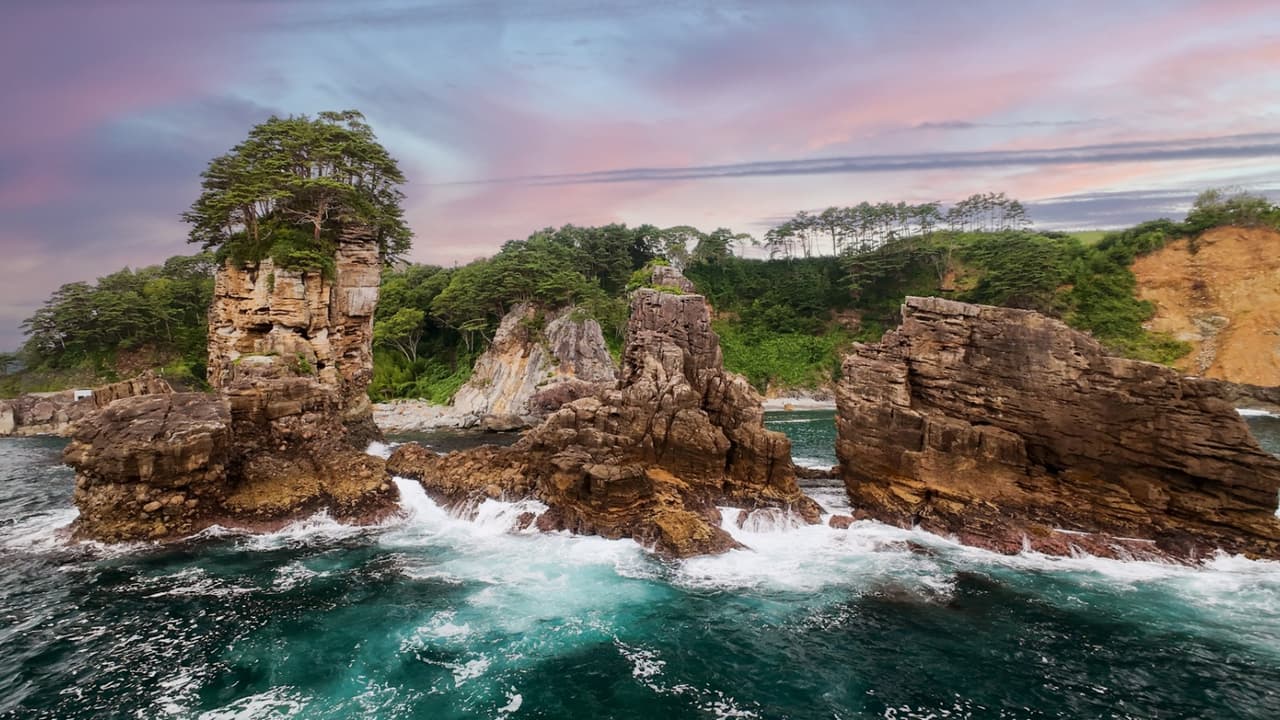A 6.7-magnitude earthquake off Japan’s Iwate coast sparked a tsunami advisory, highlighting once again why Japan faces so many quakes. Sitting on 4 major tectonic plates within Pacific Ring of Fire, Japan experiences about 1,500 earthquakes each year
Japan’s Meteorological Agency (JMA) issued a tsunami advisory for Iwate Prefecture on Sunday after a 6.7-magnitude earthquake struck off its coast. The quake occurred at 5:03 pm local time, registering shindo level 4 in Morioka and Yahaba in Iwate Prefecture and Wakuya in nearby Miyagi Prefecture, according to The Japan Times.
Scroll to load tweet…
Earlier, India’s National Centre for Seismology (NCS) also reported a 6.6-magnitude earthquake in the North Pacific Ocean, off Iwate’s coast, at 1:33 pm IST. The quake occurred at a depth of 30 km beneath the Earth’s crust. No major damage or casualties were reported, but the tremor triggered temporary tsunami concerns. Japan’s JMA said it continuously monitors seismic and volcanic activity and issues alerts to reduce damage from earthquakes, tsunamis, and eruptions.
Scroll to load tweet…
Japan: One of the world’s most earthquake-prone nations
Japan is no stranger to earthquakes. The country is one of the most seismically active places on Earth and has even been called the birthplace of seismology, the study of earthquakes. The study of tsunamis, a Japanese word meaning harbour wave, also originated here. Each year, Japan experiences around 1,500 earthquakes that people can actually feel. In fact, small tremors are recorded almost every five minutes somewhere in or near the country. The most devastating reminder of Japan’s vulnerability came in March 2011, when a 9.0-magnitude earthquake triggered a massive tsunami and a nuclear meltdown at the Fukushima Daiichi plant, the worst nuclear disaster since Chernobyl in 1986.
A mosaic of tectonic plates beneath
Japan To understand why Japan has so many earthquakes, it helps to look underground. The country sits right where four major tectonic plates meet—the Pacific Plate, Philippine Sea Plate, Eurasian Plate, and North American Plate. Earthquakes occur when these plates collide or slide past each other. When one plate slips under another, huge amounts of energy are suddenly released, shaking the ground. Robert Butler, a professor emeritus of geophysics at the University of Portland and the University of Arizona, explained:
“The more plates you have and, more importantly, the more plate boundaries that you have adjacent to or crossing a country like Japan, the more interaction of those plates on which earthquakes occur. So more plate boundaries mean more earthquakes.”
According to seismologist Saeko Kita from Japan’s International Institute of Seismology and Earthquake Engineering, Japan and its nearby regions account for about 18 percent of all earthquakes worldwide because of this intense tectonic activity.
Japan’s place on the Ring of Fire
Japan lies along the Pacific Ring of Fire, a vast horseshoe-shaped zone that runs around the edges of the Pacific Ocean. This area contains most of the world’s active volcanoes and experiences about 90 percent of global earthquakes. The Ring of Fire stretches from New Zealand through Japan and across to the Americas. Because Japan sits directly on this ring, it constantly faces the movement of plates beneath its islands, creating frequent tremors and occasional tsunamis.
Why tsunamis follow major Japanese earthquakes
Tsunamis are giant sea waves caused mainly by underwater earthquakes. When a powerful quake occurs below the ocean floor, it pushes large amounts of water upwards, forming waves that can travel thousands of kilometres. Since Japan is surrounded by ocean and lies near deep-sea trenches, underwater earthquakes easily send waves racing towards its coasts. That is why the country has one of the world’s most advanced tsunami warning systems and holds frequent evacuation drills.
Despite facing frequent earthquakes and tsunamis, Japan has developed some of the world’s best disaster-preparedness systems. Buildings are designed to sway rather than collapse, emergency drills are held regularly and citizens are trained to respond calmly and quickly. Still, as Sunday’s Iwate earthquake reminded everyone, Japan must always stay alert. The land that first learned to study quakes continues to live on the edge of the world’s most restless fault lines.
(With ANI inputs)
